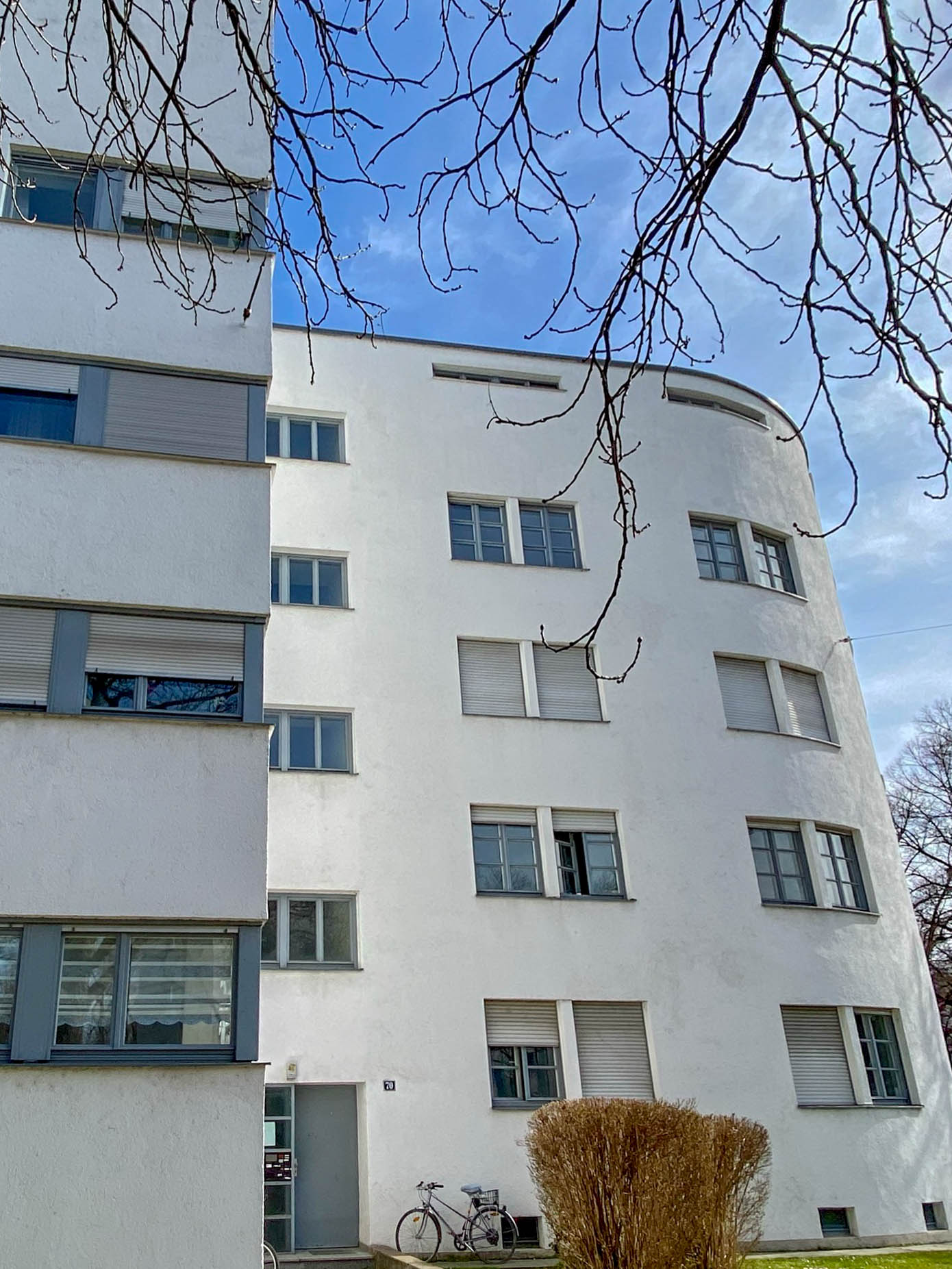
Lessinghof, 1930-1931. Architect: Thomas Wechs. Photo: Daniela Christmann
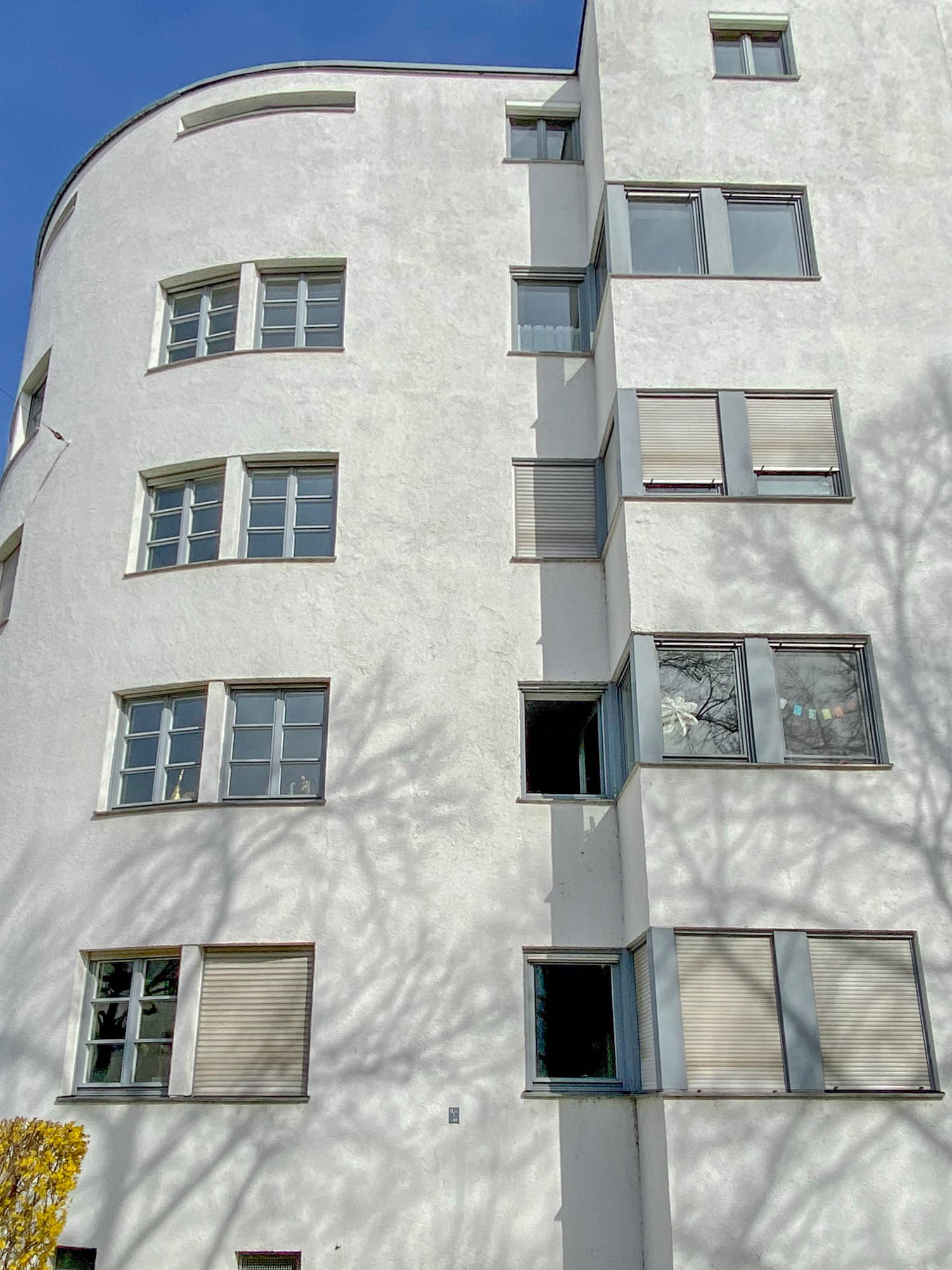
Lessinghof, 1930-1931. Architect: Thomas Wechs. Photo: Daniela Christmann
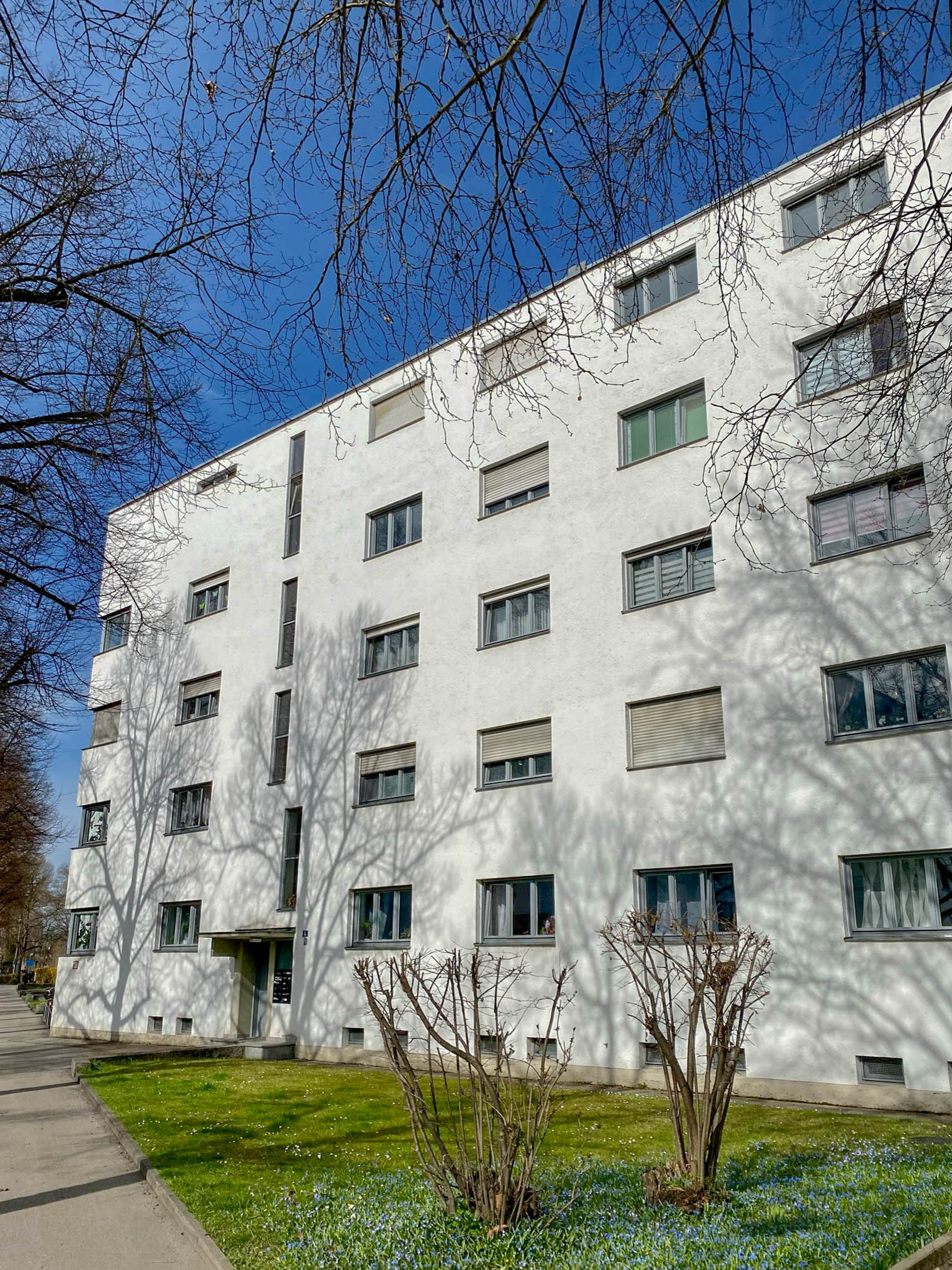
Lessinghof, 1930-1931. Architect: Thomas Wechs. Photo: Daniela Christmann
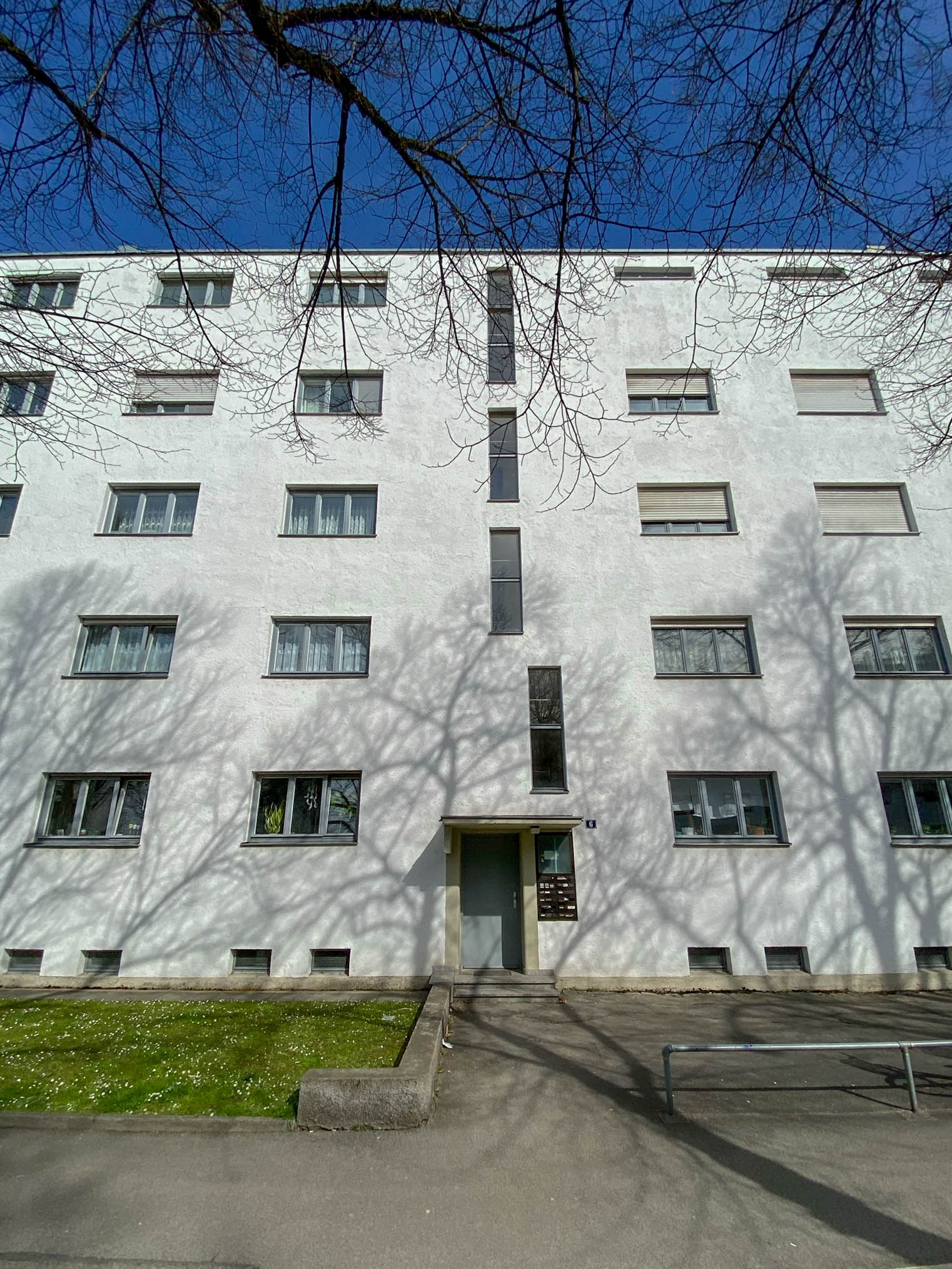
Lessinghof, 1930-1931. Architect: Thomas Wechs. Photo: Daniela Christmann
1930 – 1931
Architect: Thomas Wechs
Rosenaustraße 70-74, Schlettererstraße 2-12, Augsburg, Germany
In 1930, architect Thomas Wechs was commissioned by the Wohnungsbaugesellschaft der Stadt Augsburg GmbH (WBG) to build two housing complexes – the Schuberthof and Lessinghof – on Rosenaustraße.
Thomas Wechs
Thomas Wechs was a member of the Circle of Friends of the Bauhaus,, which had been founded in 1924 on the initiative of Walter Gropius.
The only requirement on the part of the city was to create as many low-rent apartments as possible.
Lessinghof
The four-story flat-roofed buildings are entirely committed to the principles of Neues Bauen: flat roofs, window bands, white plaster and colored window profiles.
Construction began in the fall of 1930, and Lessinghof was completed on August 1, 1931.
Apartement Types
There were 68 apartments in the Lessinghof in total with three different types of accommodation: The smallest living space averaged about 70 square meters with two to three rooms.
The medium-sized apartments had an average of 90 square meters with three to four rooms.
In addition, there were four large apartments, each with 185 square meters of living space with five rooms.
The floor plans of the apartments were accessed from a vestibule with a broom closet. A bathroom, kitchen and pantry were an integral part of each apartment.
Facilities
The larger apartments were equipped with hot-water floor heating and the smaller apartments with stove heating.
In the attic, an ironing room and a drying loft were available for all tenants.
The flat roof allowed for a spacious, bright, and fully usable attic; in addition, aflat roof proved to be much less expensive than a conventional roof solution.
A laundry room, coal room and storage rooms for tenants were located in the basement.
Facades and Building Structure
Both rows of houses are connected by a recessed circular structure. Glazed window corners accentuate the dynamic transition between the cubic and curved building volumes.
The horizontal orientation of the building is emphasized by the horizontal window formats and the flat roof.
Its continuous smooth facade facing the street is only interrupted by the projecting roofs of the building entrances.
Courtyard
The courtyard-side facade is characterized by superimposed semi-circular balconies that emphasize the central axis of each house unit.
Red and blue window and door frames contrast with the uniform white plaster of the facade.
Conversions and Renovation
In 1949, the dry floors were partially converted into apartments. In 1959, a workshop building was constructed in the courtyard area.
A garage wing was built in 1967.
Together with the neighboring Schuberthof, the Lessinghof has been a listed building since 1977.
In the summer of 2004, the housing complex was renovated.
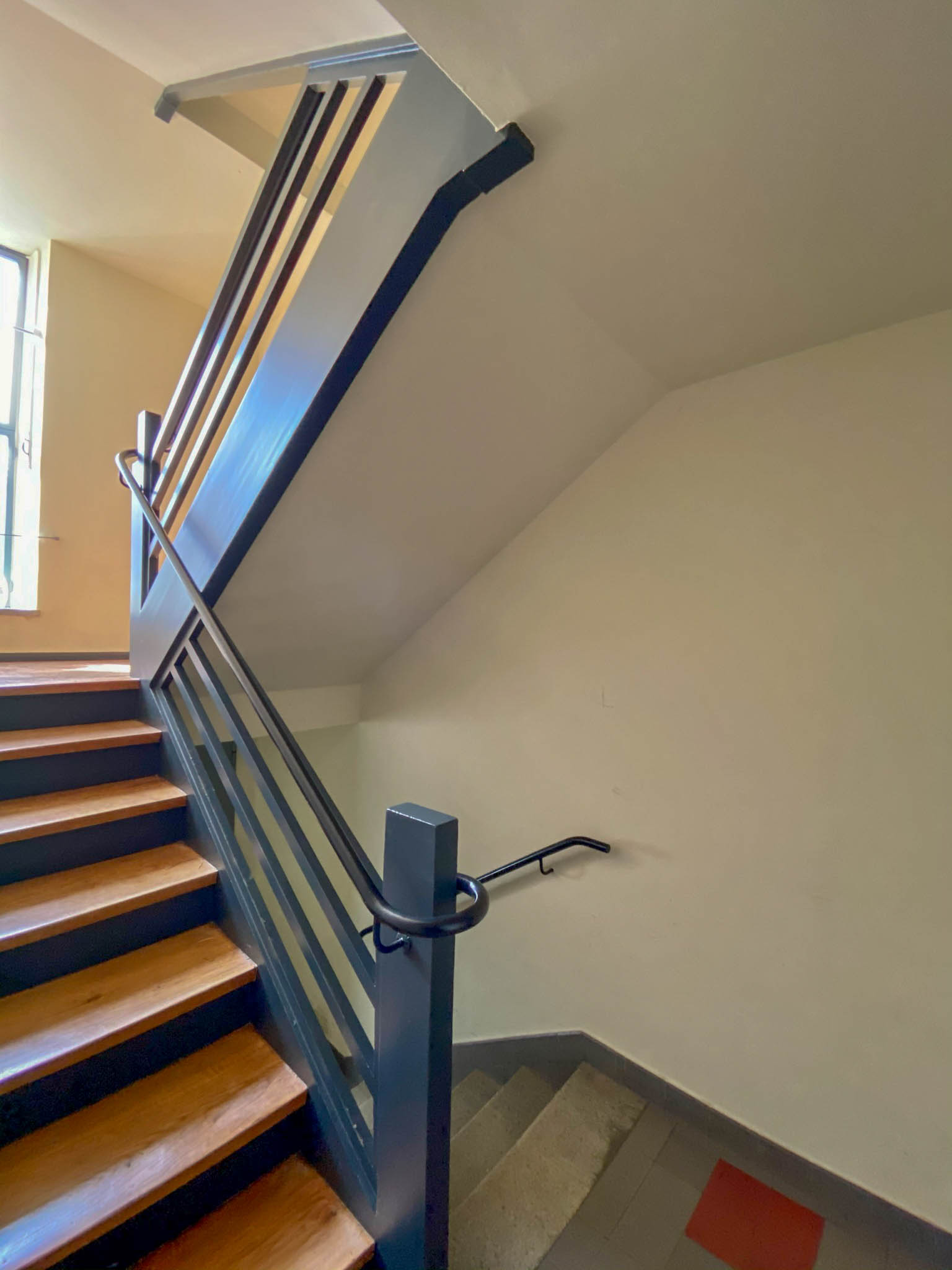
Lessinghof, 1930-1931. Architect: Thomas Wechs. Photo: Daniela Christmann
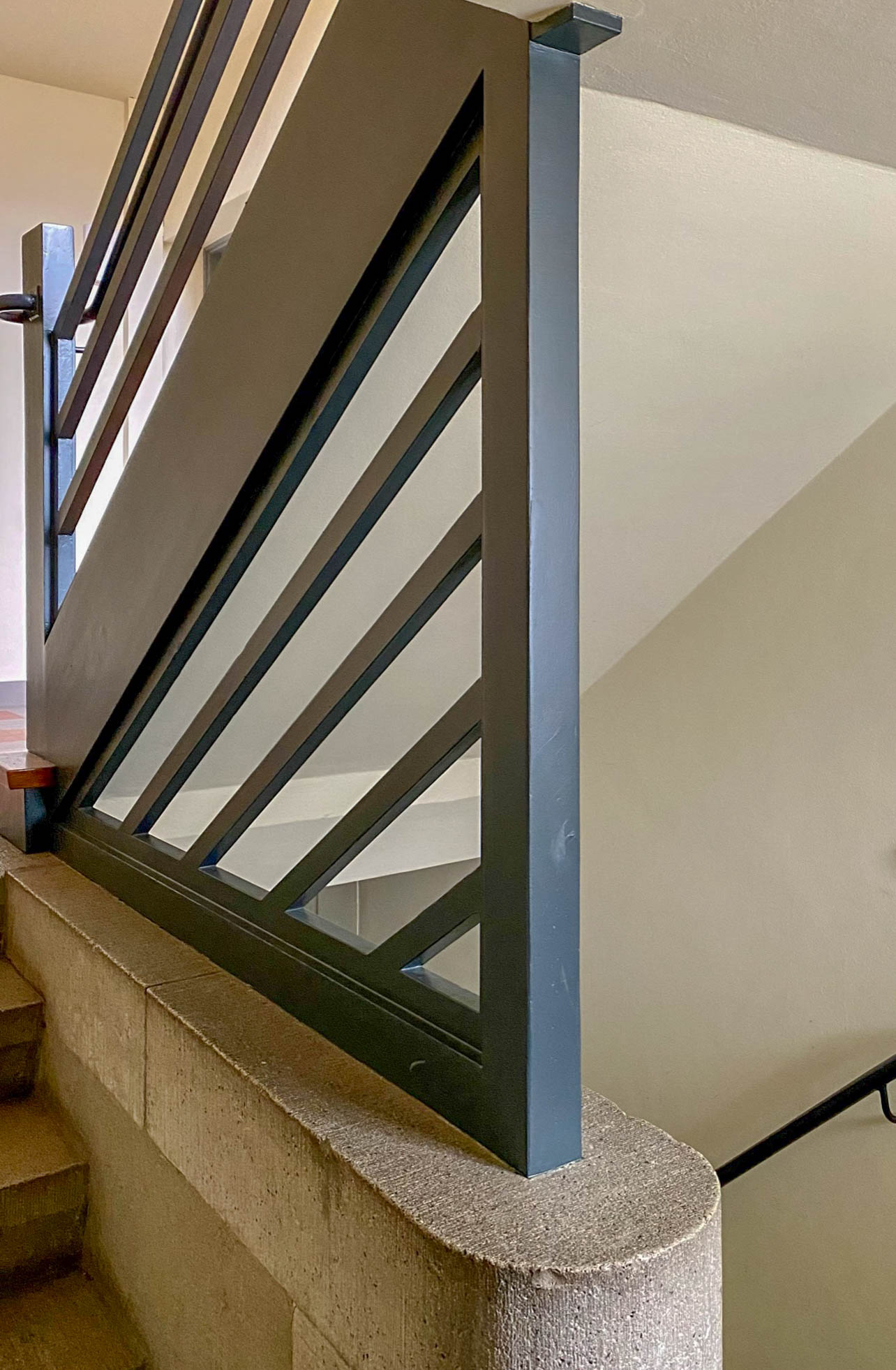
Lessinghof, 1930-1931. Architect: Thomas Wechs. Photo: Daniela Christmann
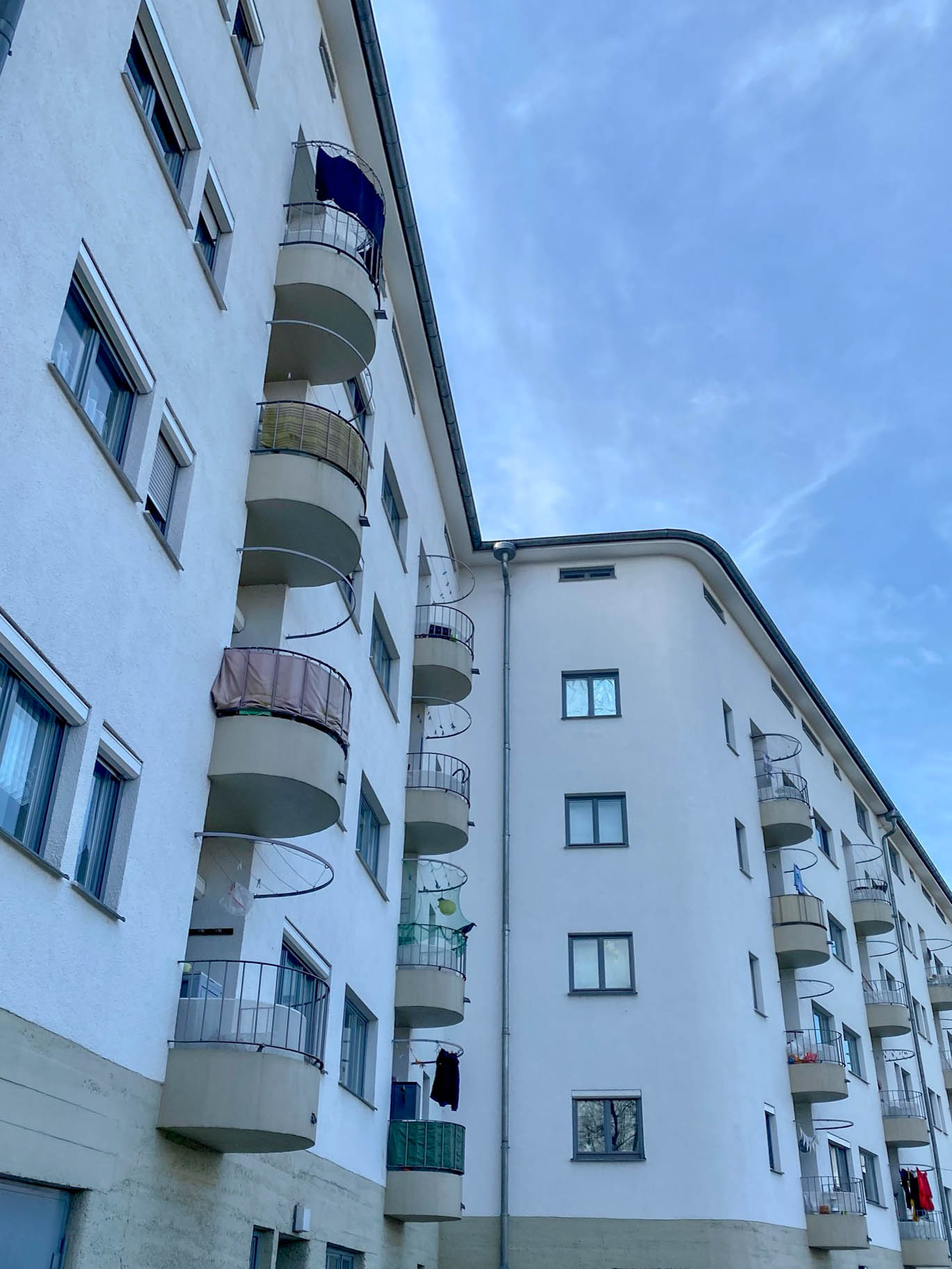
Lessinghof, 1930-1931. Architect: Thomas Wechs. Photo: Daniela Christmann
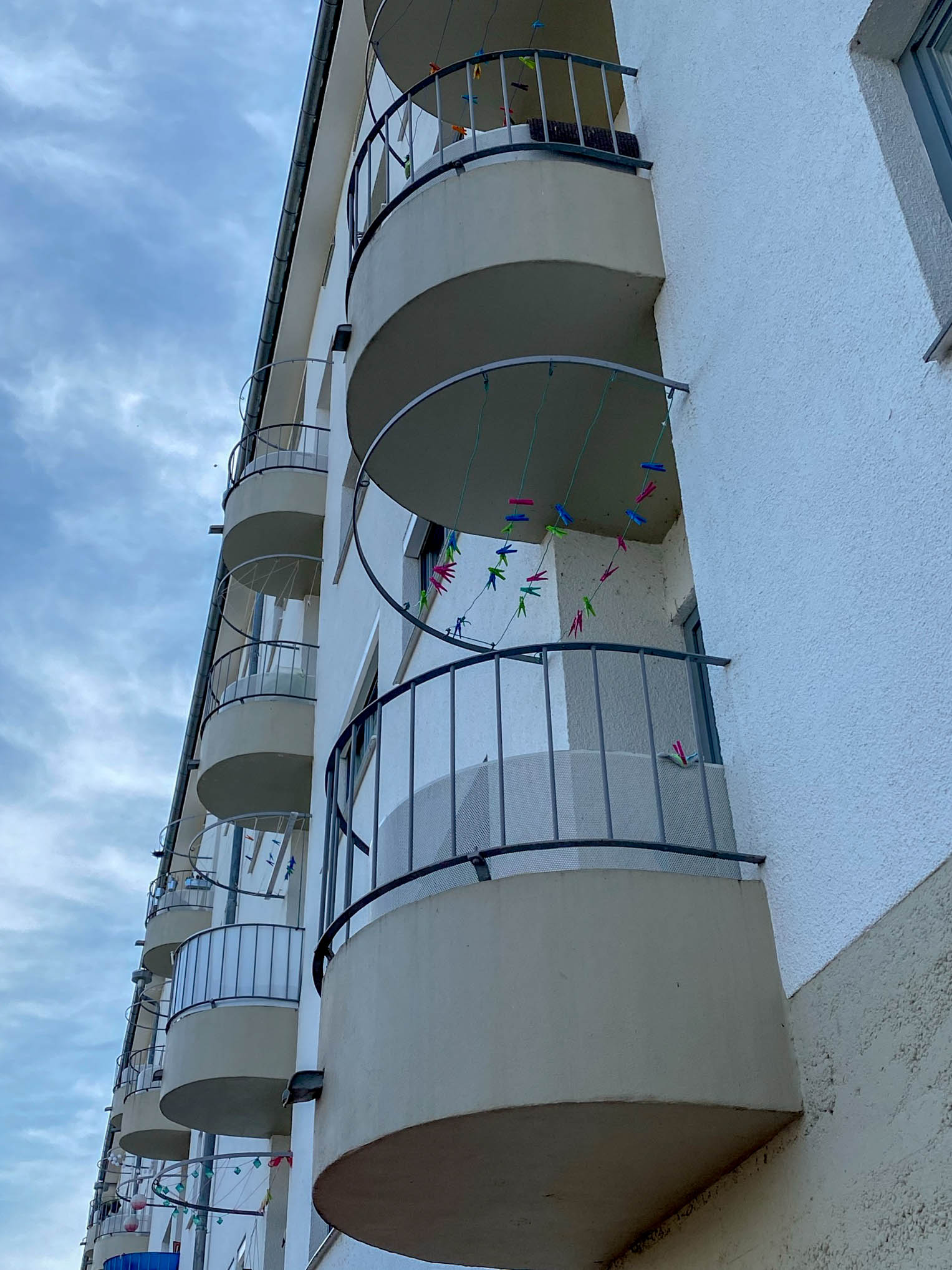
Lessinghof, 1930-1931. Architect: Thomas Wechs. Photo: Daniela Christmann
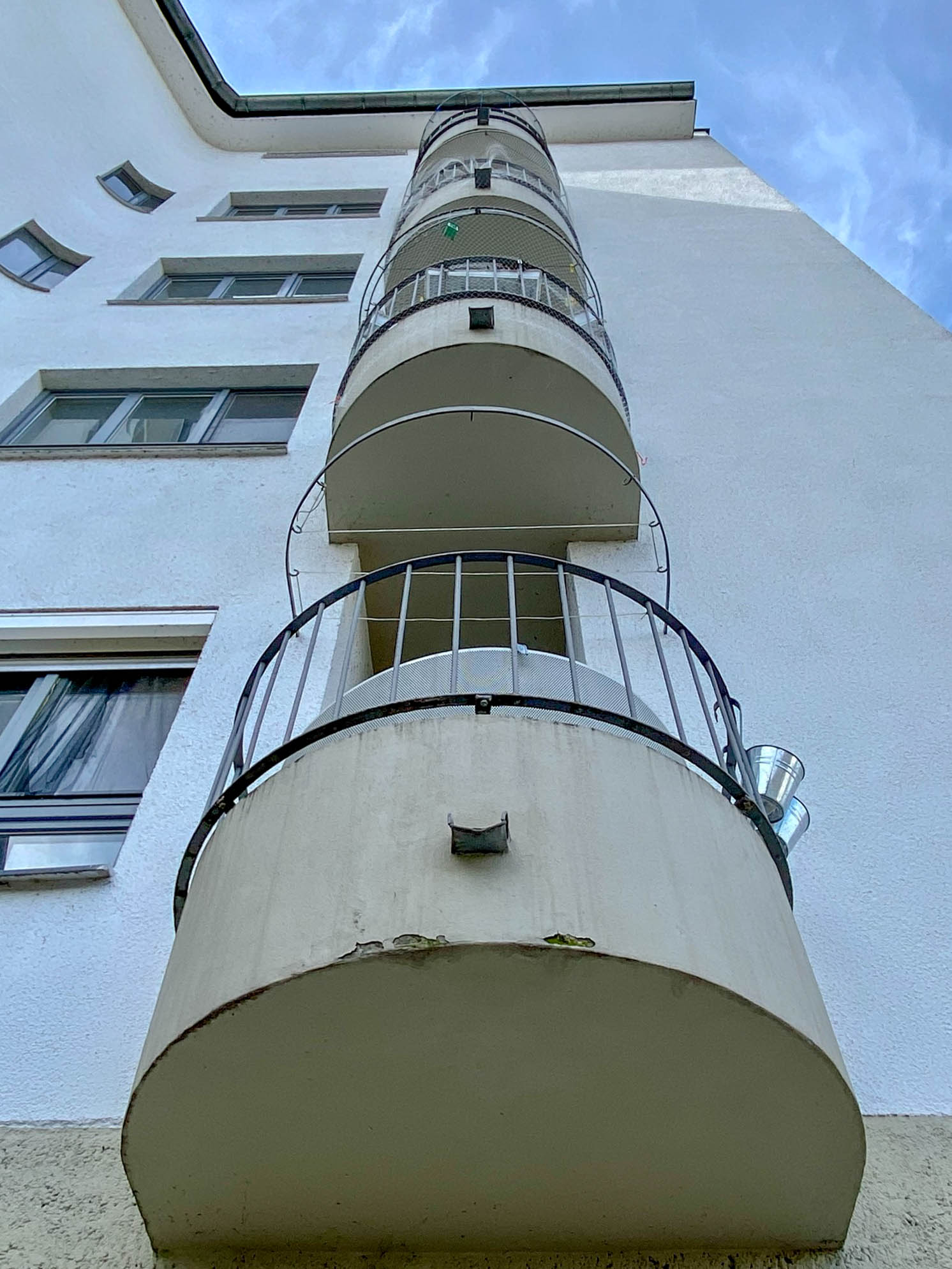
Lessinghof, 1930-1931. Architect: Thomas Wechs. Photo: Daniela Christmann
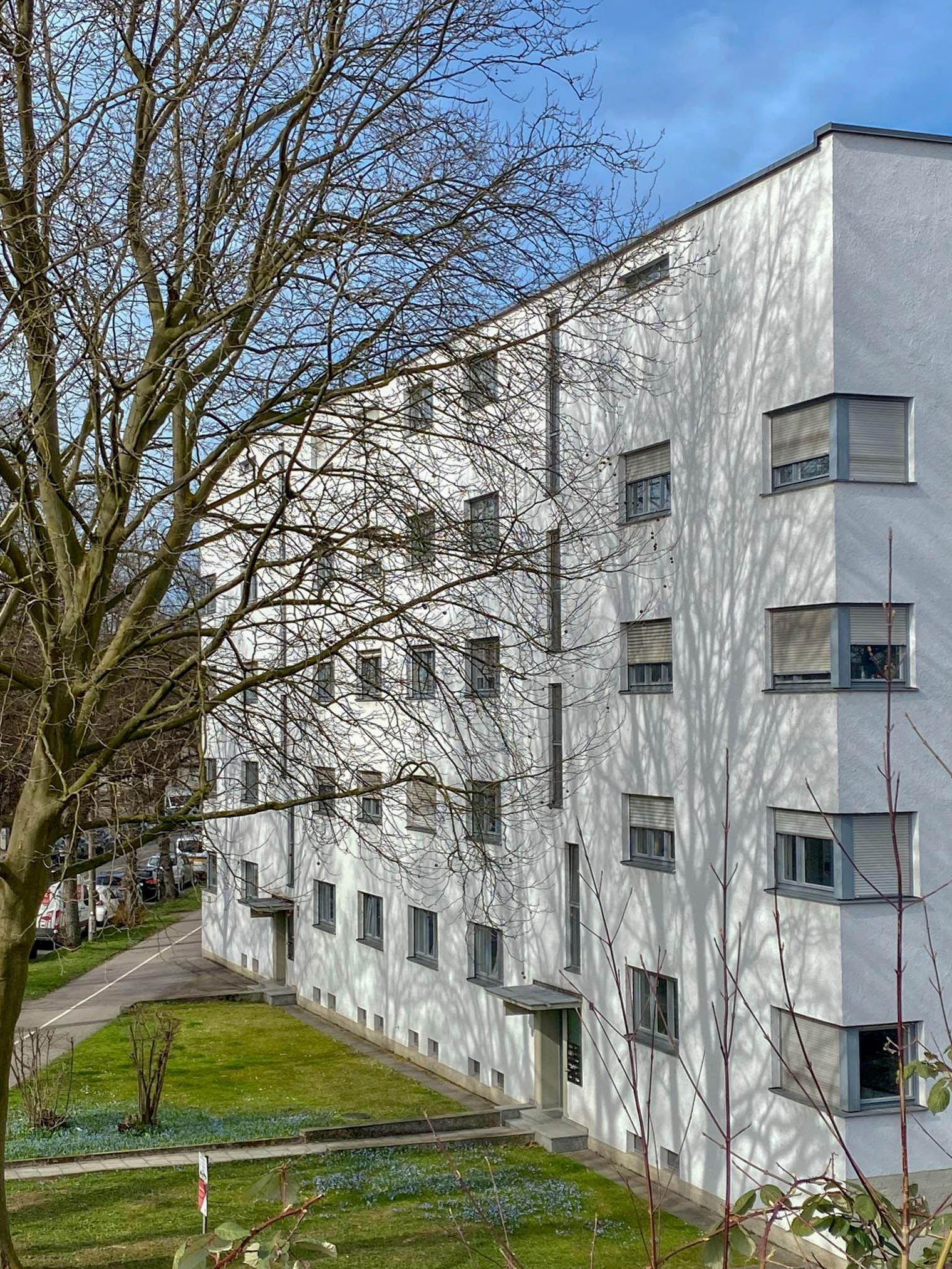
Lessinghof, 1930-1931. Architect: Thomas Wechs. Photo: Daniela Christmann
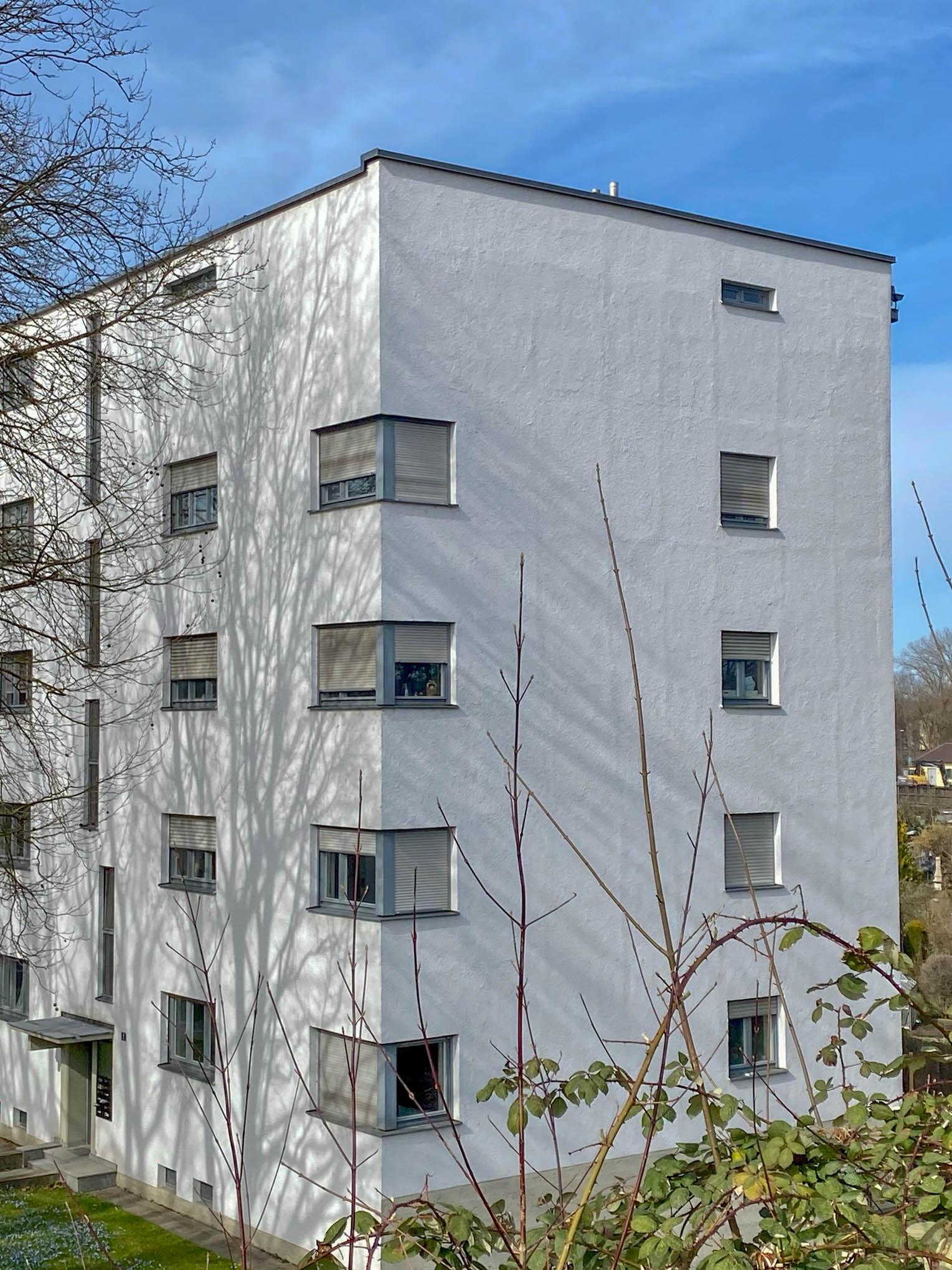
Lessinghof, 1930-1931. Architect: Thomas Wechs. Photo: Daniela Christmann

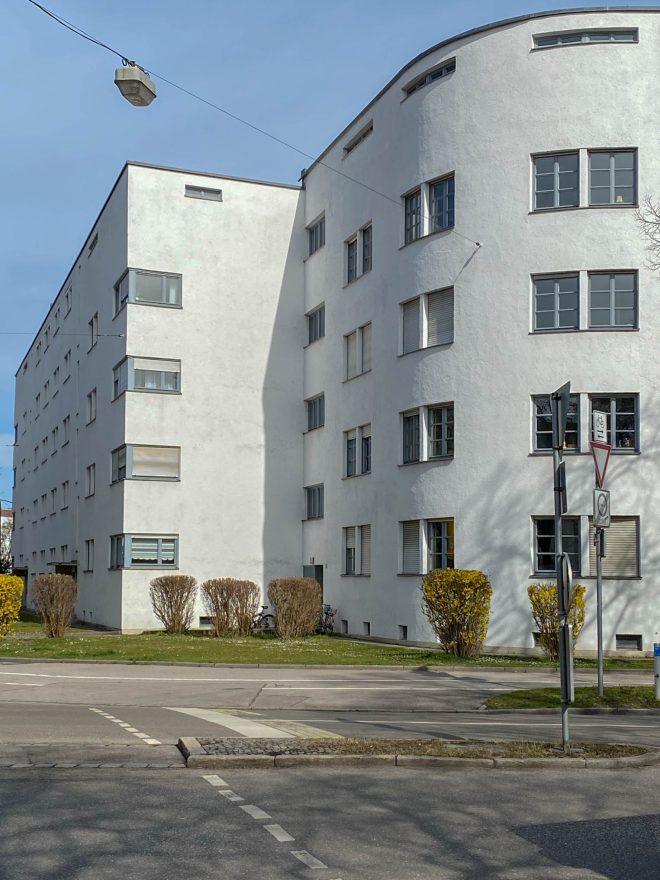 Lessinghof, 1930-1931. Architekt: Thomas Wechs. Foto: Daniela Christmann
Lessinghof, 1930-1931. Architekt: Thomas Wechs. Foto: Daniela Christmann 